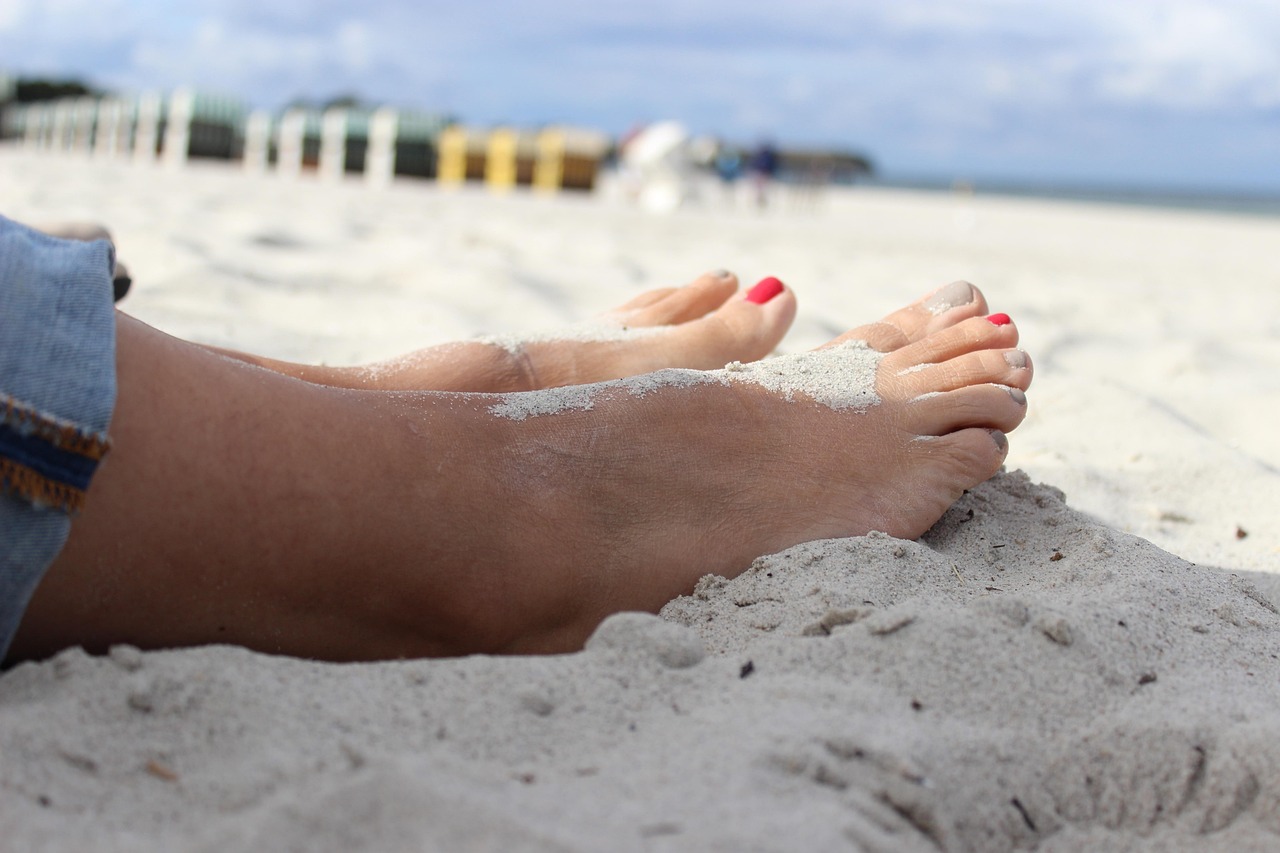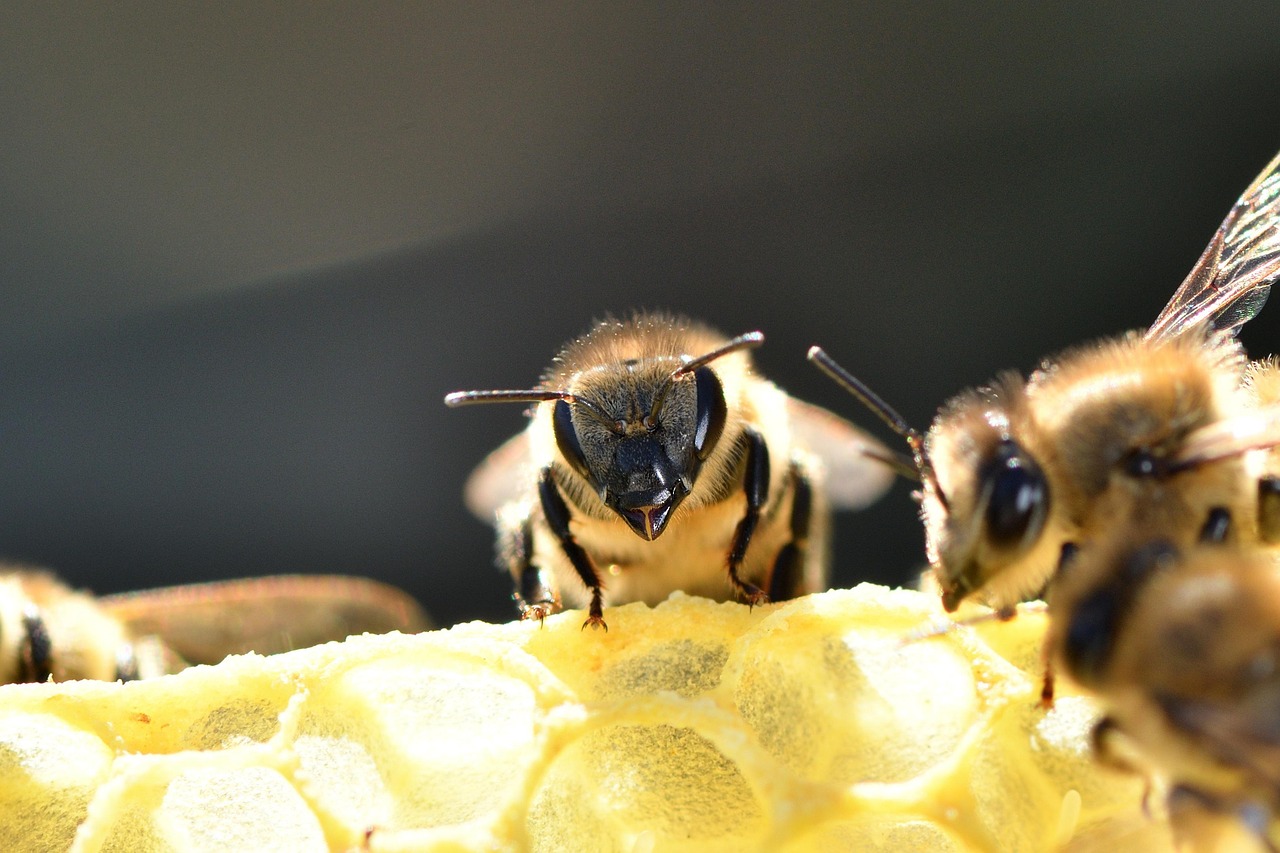
Many cultures have long believed the moon affects our emotions. While it might sound mystical, science suggests there could be truth behind it. The phases of the moon may subtly influence sleep, energy, and even mood swings.
How the Moon Impacts Sleep
Research shows that sleep patterns can shift depending on the moon phase. During a full moon, people often report taking longer to fall asleep and getting less deep rest. Lack of quality sleep directly affects mood, leaving us irritable, anxious, or low on energy the following day.
Emotional Shifts and Energy Levels
The moon’s light and gravitational pull may play a role in how we feel. Some studies suggest people feel more restless or energized during a full moon, while the new moon often brings lower energy and introspection. Many people describe feeling more emotional, sensitive, or creative around these times.
Historical Beliefs About the Moon and Mood
Ancient societies tracked the moon closely and often connected it to human behavior. The word “lunatic” itself comes from the Latin “luna,” meaning moon, reflecting the belief that full moons triggered mood changes. While modern science doesn’t fully support all old ideas, it’s fascinating how consistent these cultural observations were across the world.
The Science Behind the Connection
Though researchers are still studying the link, a few factors stand out. The moon’s brightness can disrupt circadian rhythms, especially before artificial lighting existed. Gravitational pull, similar to how the moon controls tides, may also influence human biology in small ways. While more studies are needed, many agree the moon can indirectly impact mood through sleep and energy.
How to Work With the Moon’s Cycle
Paying attention to your own moods throughout the lunar phases can be helpful. If you know a full moon leaves you restless, plan for extra relaxation or calming rituals. During a new moon, when energy feels lower, focus on rest and reflection. Recognizing these natural rhythms may make mood swings easier to manage.
Final Thoughts
The moon’s phases might not control us, but they can influence how we feel and function. By noticing these patterns, you can better prepare for shifts in mood and energy.
Lisa Crow contributed to this article. She is a true crime junkie and lifestyle blogger based in Waco, Texas. Lisa is the Head of Content at Gigi’s Ramblings and Southern Bred True Crime Junkie. She spends her free time traveling when she can and making memories with her large family which consists of six children and fifteen grandchildren.









